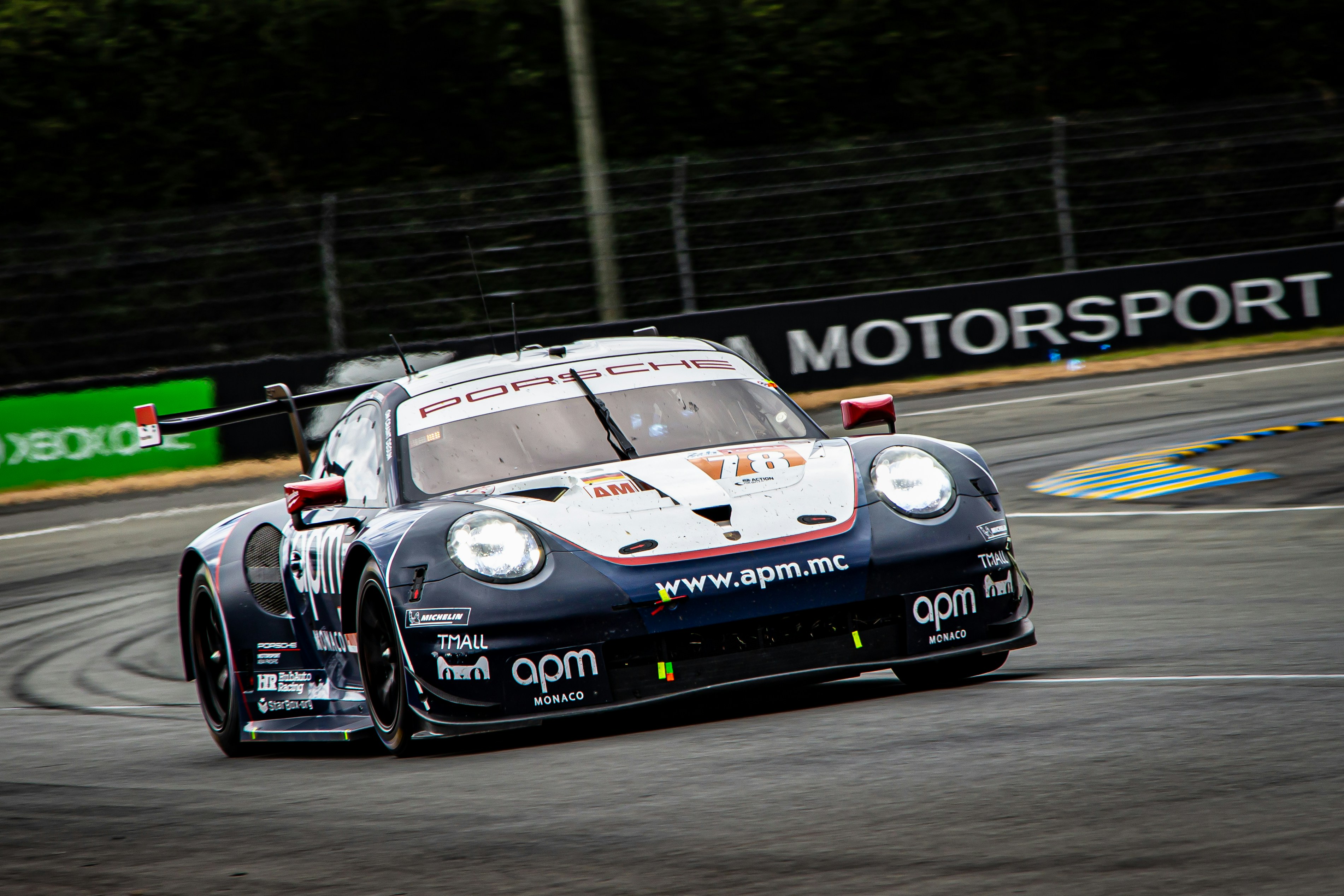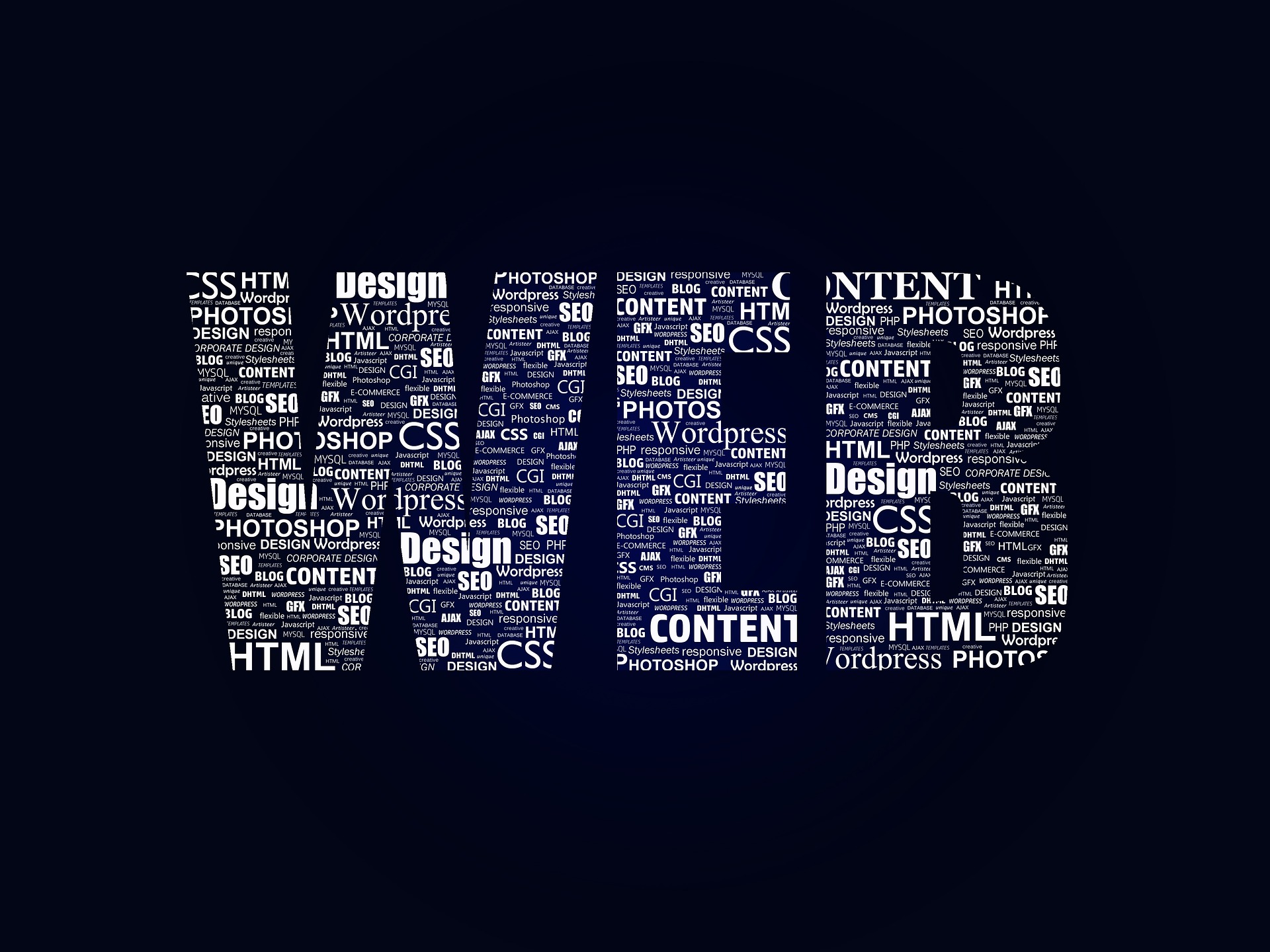Mastering the Intricacies of Torque Vectoring: A Transformative Shift in Vehicle Handling
Introduction: In the world of automotive engineering, torque vectoring is a game-changer. This innovative technology is redefining vehicle handling, enhancing performance, and making driving a more engaging experience. But what exactly is torque vectoring, and how does it impact the future of automotives?

Taking a Deep Dive into Torque Vectoring
Torque vectoring, in the simplest terms, is a technology that improves a vehicle’s handling by distributing power to the wheels in varying amounts. Traditionally, power is divided equally among all wheels. However, with torque vectoring, the power can be varied, allowing each wheel to receive a different amount of torque.
The roots of torque vectoring technology can be traced back to the early 1990s, when the concept was first introduced in off-road vehicles to improve their handling in rough terrains. However, it wasn’t until the late 2000s that the technology found its way into mainstream passenger cars, transforming the way we experience driving.
Current Trends and Applications
Over the past decade, torque vectoring has become a significant feature in many high-end sports cars and luxury vehicles. From enhancing cornering capabilities to improving stability at high speeds, this technology has become a sought-after feature for performance-oriented drivers.
Automotive manufacturers are continuously working to refine and improve torque vectoring systems. The latest iterations use advanced sensors and algorithms to determine the optimal distribution of torque to each wheel in real-time, making driving more intuitive and responsive.
The Impact and Advantages of Torque Vectoring
The implementation of torque vectoring has a profound impact on a vehicle’s performance. The most noticeable benefit is the improved handling, especially when navigating corners at high speeds. Vehicles equipped with torque vectoring can maintain better control, offering a more secure and thrilling driving experience.
Moreover, torque vectoring systems contribute to enhanced safety. By improving stability and control, they can help prevent accidents caused by oversteering or understeering.
The Challenges Ahead
Despite its numerous advantages, torque vectoring is not without challenges. For starters, the technology adds complexity to the vehicle’s drivetrain, which can potentially lead to maintenance issues. Moreover, it increases the overall weight of the vehicle, which could impact fuel efficiency.
Another significant challenge is the cost. The sophisticated technology used in torque vectoring systems makes them expensive to produce, which reflects in the vehicle’s price tag.
The Future of Torque Vectoring
Despite these hurdles, the future of torque vectoring looks promising. With advancements in technology and growing demand for better handling and safety, the adoption of torque vectoring is expected to rise.
In conclusion, torque vectoring is a transformative technology that is reshaping the future of vehicle handling. By enhancing control, safety, and driving experience, it is setting a new standard in automotive engineering. Despite the challenges, the benefits it offers make it a technology worth watching.




